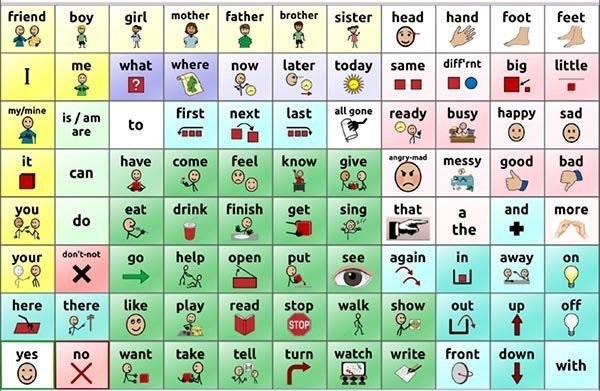Understanding Functional Communication Training (FCT)

Today, we're going to discuss a critical component of Applied Behavior Analysis (ABA) therapy known as Functional Communication Training (FCT). Communication is a fundamental skill, and FCT helps individuals with autism spectrum disorder (ASD) and other communication challenges develop effective ways to express their needs and desires. In this post, we'll explore what FCT is, how it works, and the benefits it can bring to your child's life.
What is Functional Communication Training (FCT)?
Functional Communication Training (FCT) is an evidence-based practice that focuses on replacing challenging behaviors with appropriate communication skills. The goal of FCT is to teach individuals how to communicate their needs in a socially acceptable way, thereby reducing frustration and problematic behaviors.
How FCT Works
- Identifying the Function of Behavior: The first step in FCT is to determine the function or purpose of the challenging behavior. Behaviors often serve as a form of communication, indicating needs such as attention, escape, access to items, or sensory stimulation.
- Teaching Alternative Communication: Once the function of the behavior is identified, therapists work with the individual to teach an alternative, more appropriate way to communicate that serves the same function. This can include verbal communication, sign language, picture exchange, or the use of communication devices.
- Reinforcing New Skills: Positive reinforcement is used to encourage the use of the new communication method. Each time the individual uses the alternative communication appropriately, they receive a reward or positive feedback.
- Generalizing Skills: FCT aims to help individuals generalize their new communication skills across different settings and situations. This means they can use their communication skills at home, school, and in the community.
Benefits of Functional Communication Training
- Reduced Challenging Behaviors: By providing individuals with effective ways to communicate their needs, FCT can significantly reduce the occurrence of challenging behaviors such as tantrums, aggression, or self-injury.
- Improved Communication Skills: FCT helps individuals develop essential communication skills that help their ability to interact with others and express themselves clearly.
- Enhanced Independence: Effective communication leads to greater independence, allowing individuals to advocate for themselves and make choices about their daily lives.
- Better Relationships: Improved communication leads to better relationships with family members, peers, and caregivers, fostering a more positive and supportive environment.
Parents play a vital role in supporting their child's communication development. Here are some tips to help you incorporate FCT principles at home:
- Observe and Identify Needs: Pay close attention to your child's behavior to understand what they are trying to communicate. Identifying the function of their behavior is the first step in addressing communication challenges.
- Model Appropriate Communication: Demonstrate appropriate ways to communicate needs and encourage your child to use these methods. For example, if your child wants a snack, model how to ask for it verbally or with a gesture.
- Use Positive Reinforcement: Reward your child when they use appropriate communication methods. This reinforcement will encourage them to continue using these skills.
- Be Patient and Consistent: Learning new communication skills takes time and practice. Be patient and consistent in your efforts to support your child's progress.
Functional Communication Training is a powerful tool that can help your child develop essential communication skills. Thank you for joining us on this journey. If you have any questions or topics you'd like us to cover, please reach out to us directly at deepika@
